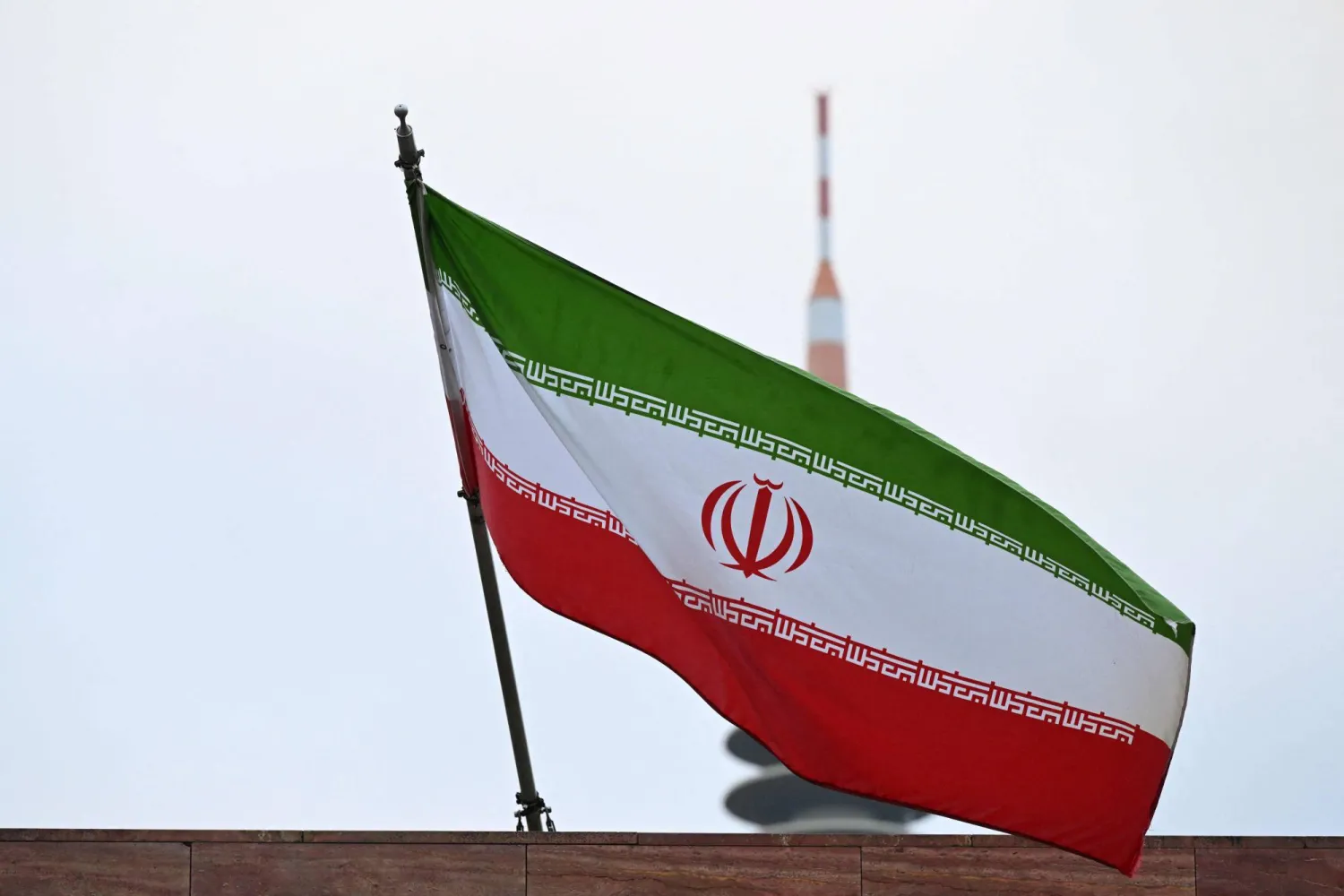
A suicide bombing took place in Iran’s southern Hormozgan Province, specifically in the Bandar Lenge district.
The blast, triggered by an assailant wearing an explosive vest near local police officers, resulted in the death of Bandar Lenge Intelligence Chief Mojtaba Shahidi.
The attack emphasizes ongoing security challenges in certain parts of Iran. A direct strike on law enforcement personnel and facilities raises questions about the reach and capabilities of militant or extremist groups operating within the country, particularly in the strategically significant Hormozgan region along the Persian Gulf.
Though large-scale terror incidents in Iran are relatively rare compared to other parts of the Middle East, sporadic attacks against government officials and security forces do occur.
The involvement of a suicide bomber signals an escalation that could prompt tighter security measures in and around key infrastructure, especially in provinces bordering the Persian Gulf.
Hormozgan Province, home to strategic ports along the Persian Gulf, has seen tensions before because of economic and political pressures.
Any surge in militant activity in this region may have implications for regional maritime security and Tehran’s ability to maintain stable governance in peripheral territories.
As the investigation unfolds, Iran’s response could shape how it manages domestic threats and broader security challenges in the Gulf region.